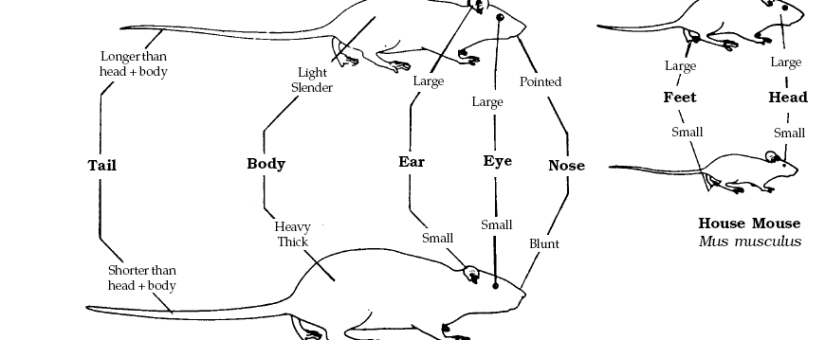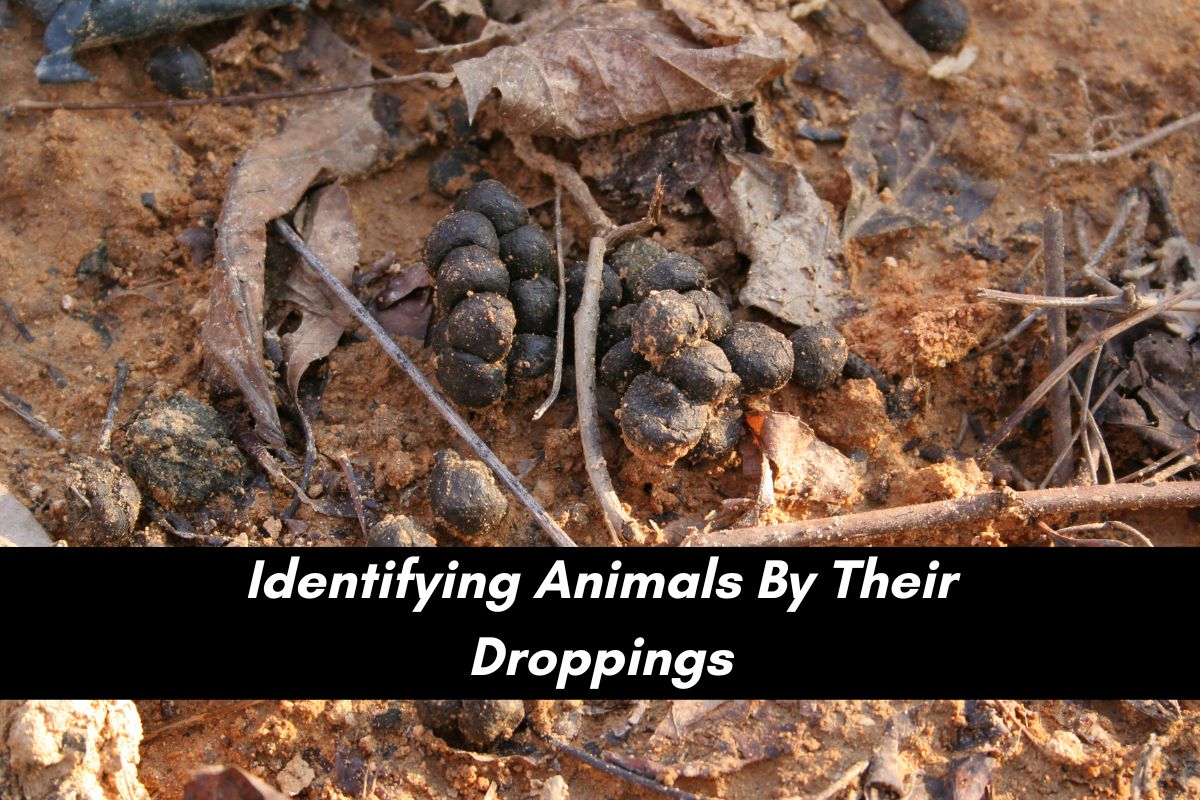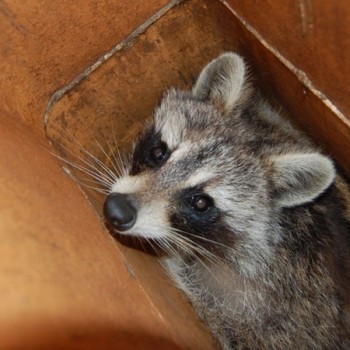
Differences Between Rats and Mice
- Posted by AdminBW
- On January 19, 2016
- 0 Comments
Two well-known rodents, the rat and the mouse, are generally viewed quite differently. Rats drag with them heavily negative connotations, seen as dirty, sometimes aggressive, and inherently unlikable. The mouse has it easier – mice are cute. Heck, a mouse is the star attraction at two major American theme parks! (Can you imagine a Ricky Rat’s club going very far?)
What is important is to realize where rats and mice are alike. They do have many differences, but let us be aware of where they are similar – both are pests, both can invade a pantry or crawl space, and both can bring with them unwanted germs or diseases.
It’s ultra-important when removing any pest or rodent from the home to fully understand which animal is creating the problem. So let’s take a look at how to know the difference of whether you’re dealing with mice or rats.
Rats vs Mice
Knowing the differences between rats and mice is helpful beyond being able to identify which is which. Rats and mice behave differently, and it is of utmost importance in regards to animal control to understand the pest and be able to predict its behavior.
Rat vs Mouse Behavior
The biggest difference between the two rodents is the mouse’s curiosity and the rat’s caution. Rats show great caution and will not haphazardly investigate or approach new things. So, setting a trap for a rat might not be initially effective because a cautious rat will avoid it. First, consider putting the trap out un-set or unarmed in order to allow the rat to grow comfortable with the device. Then, after a short period has passed, the once unarmed trap can be set.
The curious mouse, however, will approach new things, so it’s possible that if a trap has not caught the mouse, it needs to be moved to a different location.
Rat vs Mice Appearance
The easiest way to tell mice and rats apart is their appearance. At first glance, mice might appear to be scaled-down versions of rats. Rats and mice are different sizes, colors, and body shapes. If you have an infestation, it is rare to see a rat or a mouse. You are more likely to see the evidence left behind from the rodents. The most obvious one is rodent feces.
Rats vs Mice Size
House mice are diminutive creatures, reaching an adult body length of a mere 3-4 inches, and a tail length of 1-2 inches. Their weight rarely exceeds 45 grams.
Rats can grow up to ten inches long, not including the tail. The tail usually is as long as the body. Adult males typically weigh around 1.25 pounds.
Rats vs Mice Color
House mice are light brown or grey, with solid coats, while deer mice have brown or tan fur with white bellies.
The most common rat, the Norway rat, has a brown body with a white underbelly, while roof rats appear dark grey-brown, with undersides that range from white to grey to black.
Rats vs Mice Anatomy
- Point, triangular-shaped head
- Larger ears proportionally
- Long, thin tails with some hair
- Heavy, blunt heads
- Smaller ears proportionally
- Long, thick, hairless tail
Rats vs Mice Droppings
- 1/8-1/4 inch long
- Oblong with tapered ends
- 3/8 inch long
- 1/8 inch in diameter
- Oblong with rounded tips
Other differences include:
Rats:
- Burrowers
- Can swim and often enter homes through sewage and drain pipes
- Habitual – set and follow routines
- Can fit through ½” holes
Mice:
- Nest instead of burrow
- Likely to enter homes through cracks in foundations or vents
- Non-habitual behavior
- Can fit through ¼” holes
Similarities:
- Nocturnal
- Infestation is noticeable by gnaw marks, droppings, and tracks (mice) or traveled pathways (rats)
- Carriers of disease including plague, Hantavirus (Western US), Lymphocytic Choriomeningitis (LCM), and Tularemia (Continental US)
Mice are the primary carrier of LCM (5% of house mice are infected in the United States), so maybe rats really do have an unfair reputation when compared to their smaller relatives.
Signs of a Rats or Mice Infestation
Droppings
Since rats are larger, their droppings will be larger as well. Rat droppings are generally 3/8 inches long, with a diameter of 1/8 of an inch. Mice droppings are about half this size. Both are oblong pellets, but rat droppings have rounded tips, and mice have pointed tips. Rat droppings are most commonly found where rats are active: in basements, crawl spaces, and behind large appliances.
Runways.
Mice and rats are creatures of habit and will follow the same route between their nest site and food and water uses. After repeated use, these paths develop dark, greasy rub marks that are accumulated from the oils and dirt on the rodent’s fur. Runways usually follow along manmade edges like baseboards.
Gnaw marks.
A rodent’s teeth grow continuously, so they must gnaw on things to keep this growth in check. As you might expect, this leaves rather damning evidence. Look for gnaw marks on things like garbage cans, fences, food containers, and under porches.
Rodent Sounds.
Mice and rats all make similar sounds if they’ve made it into your house; these are usually described as rustling or scurrying noises. The bigger the rodent, the louder the sound will be.
Triangle Rodent Control
If you think you have a rat or a mouse in the house, look for the telltale signs in order to diagnose your pest problem, so you can then go about the best way to rid yourself of the problem. Give the wildlife experts at Critter Control of the Triangle a call at 919-382-0651 in Raleigh, Durham, Apex, Cary NC and other cities around Wake County.











